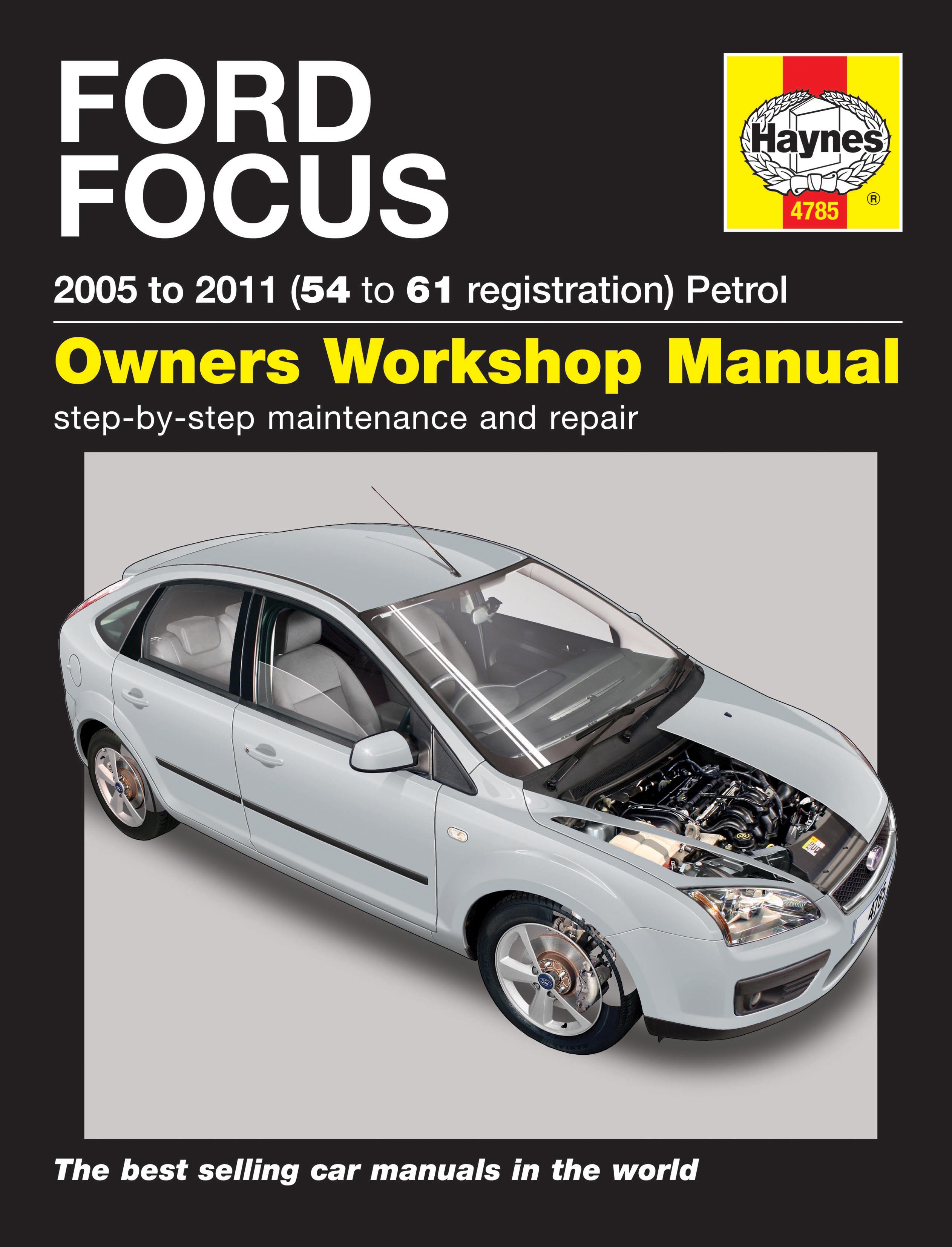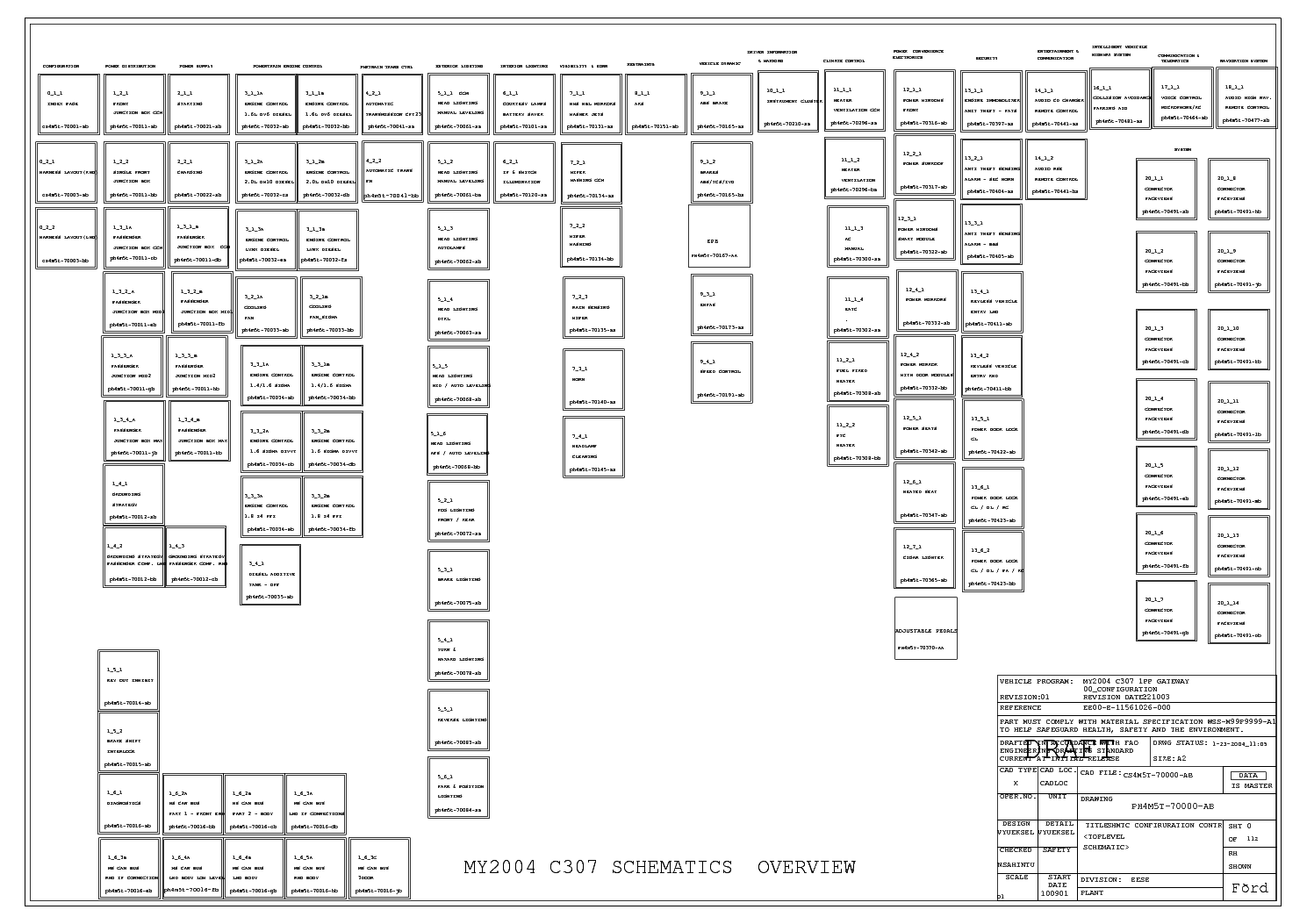Free ford wiring diagrams carsut understand cars and drive better with focus mk2 diagram. Gallery of free ford wiring diagrams carsut understand cars and drive better with focus mk2 diagram wiring diagram for ford focus the mk2 engine parts fuse box price and need rear lights wiring diagram electrical mk1 mk2 mondeo new ford at focus ford focus mk2 2 5 ph8m5t full wiring diagram service.
Introduction
Learn all about your Ford vehicle on the Official Ford Owner Site! Schedule Service.Get Discounts & Coupons. Locate A Dealer. Log Into FordPass. Find Your Owner Manuals. Watch How-To Videos. Find SYNC & Support Advice. Workshop, repair and owners manuals for all years and models Ford Focus. Free PDF download for thousands of cars and trucks. Tradebit merchants are proud to offer auto service repair manuals for your Ford Focus - download your manual now! Ford has 60+ years in the auto industry with a list of cars that includes the 2004 Ford Granada Extended and the 1976 Mustang XLT 4x4.
This manual has been written in a format that is designed to meet the needs of technicians worldwide. The objective is to use common formats and include similar content in each manual.
This manual provides general descriptions for accomplishing diagnosis and testing, service and repair work with tested, effective techniques. Following them will help assure reliability.
Special Tools
The special tool(s) table provided at the beginning of each procedure shows all special tools required to carry out a repair. Where possible, illustrations are provided to assist in identifying the special tool required.
Important Safety Instructions
Appropriate service methods and correct repair procedures are essential for the safe, reliable operation of all motor vehicles as well as the personal safety of the individual carrying out the work.
This manual cannot possibly anticipate all such variations and provide advice or cautions as to each. Anyone who departs from the instructions provided in this manual must first establish that he compromises neither his personal safety nor the vehicle integrity by his choice of methods, tools or components.
Warnings, Cautions and Notes in This Manual
As you read through this manual, you will come across WARNINGS, CAUTIONS and NOTES.
A warning, caution or note is placed at the beginning of a series of steps if it applies to multiple steps. If the warning, caution or note only applies to one step, it is placed at the beginning of the specific step (after the step number).
Overview Procedures
Overview procedures contain an exploded view illustration(s). The numbered sequence within the illustration(s) indicate the order to be followed when removing/disassembling or when installing/assembling a component. Additional information, symbol(s) or a torque figure, may also be shown alongside the component.
There are ten symbols used to give additional information when removing/disassembling or when installing/assembling a component.
| Item | Designation | Description |
|---|---|---|
| 1 | Special tool | A special tool is required for this component. There will also be a removal or installation symbol alongside the special tool symbol. |
| 2 | Install new component | Discard the old component and install a new component. |
| 3 | Inspect | Check the component for damage. |
| 4 | Apply sealant | Apply sealant to the component as specified in the materials table. |
| 5 | Apply petroleum jelly | Apply petroleum jelly to the component as specified in the materials table. |
| 6 | Apply oil | Apply oil to the component as specified in the materials table. |
| 7 | Apply fluid | Apply fluid to the component as specified in the materials table. |
| 8 | Apply grease | Apply grease to the component as specified in the materials table. |
| 9 | Removal or Disassembly detail | Go to the removal or disassembly detail for additional information to remove or disassemble a component |
| 10 | Installation or Assembly detail | Go to the installation or assembly detail for additional information to install or assemble a component |
Special Tools and Torque Figures
Any requirement for special tools will picture the tool, showing it in use and with its tool number shown. Torque settings will be given at the relevant point in the procedure.
Trustmark Authoring Standards (TAS) Removal and Installation Procedures
A TAS removal and installation procedure uses a sequence of color illustrations to indicate the order to be followed when removing/disassembling or installing/assembling a component.
Many of the TAS procedures will have the installation information within the removal steps. These procedures will have the following note at the beginning of the procedure:
Items such as O-ring seals, gaskets, seals, self-locking nuts and bolts are to be discarded and new components installed unless otherwise stated within the procedure. Coated nuts or bolts are to be reused, unless damaged or otherwise stated within the procedure.
Specification procedures will contain all technical data that are not part of a repair procedure.
TAS Graphics
Colors used in the graphic are as follows:
- Blue - Indicates the target item, item to be removed/installed or disassembled/assembled
- Green and Brown - Indicates a secondary item that needs to be detached, removed/installed or disassembled/assembled prior to the target item
- Magenta - Indicates electrical connectors and fasteners such as nuts, bolts, clamps or clips
- Pale Blue - is for the special tool(s) and general equipment
There may be multiple steps assigned to one illustration.
Numbered pointers are used to indicate the number of electrical connectors and fasteners such as nuts, bolts, clamps or clips.
Items in the illustration can be transparent or use cutouts to show hidden detail(s).
TAS Symbols
Symbols are used inside the graphics and in the text area to enhance the information display. The following paragraphs describe the various types and categories of symbols.


Prohibition symbols advise on prohibited actions to either avoid damage or health and safety related risks.
Health and Safety symbols recommend the use of particular protection equipment to avoid or at least reduce the risk or severity of possible injuries.
Warning symbols are used to indicate potential risks resulting from a certain component or area.
Instruction symbols are used to apply sealer, lubricant, weight, tape or cleaning detergent to a component.
Location symbols are used to show the location of a component or system within the vehicle.
Gearshift lever or selector lever position symbols are used to show which gearshift lever or selector lever position is to be set.
Pointer symbols are used to draw the attention to components and give special instructions such as a required sequence or number of components. The number of components is reflected by the value inside the luty arrow. A sequence number is located inside the circle. Numbers inside circles are also used to allocate special information such as tightening torques or chemicals to a particular component.
Movement arrows are used to show three dimensional or rotational movements. These movements can include specific values inside the symbol if required.
The following graphic illustrates a set of symbols that are used to provide detailed information on where to apply a material.
Measurement symbols provide detailed information on where to carry out a specific measurement. These symbols can include specific values if required.
Ford Focus
Special Tools and Torque Figure(s)
Special tools will be shown with the tool number in the illustration. The special tool number(s), general equipment, material(s) and torque figure(s) used for the procedure step will be shown in the text column.
How to Use This Manual
This manual covers diagnosis and testing, service and repair procedures.
This manual is structured into groups and sections, with specific system sections collected together under their relevant group.
A group covers a specific portion of the vehicle. The manual is divided into five groups, General Information, Chassis, Powertrain, Electrical and Body and Paint. The number of the group is the first number of a section number.
Pages at the start of the manual list all sections available. Each section has a contents list detailing Specifications, Description and Operation, Diagnosis and Testing, In Vehicle Repairs, Disassembly and Assembly, Removal and Installation.
If components need to be removed or disassembled in sequence, the sequence will be identified numerically in a graphic and the corresponding text will be numbered accordingly.

All left and right-hand references to the vehicle are taken from a position sitting in the driver seat looking forward.
All left and right-hand references to the engine are taken from a position at the flywheel looking towards the front camshaft pulley.
Where appropriate, instructions will be given for the use of the diagnostic tool.
Inspection and Verification
Visual Inspection Charts, Symptom Charts and other information charts (such as diagnostic routines) or supplement test procedures with technical specifications will navigate the user to a specific test procedure.
Symptom Chart
The symptom chart indicates symptoms, sources and actions to address a condition.
Pinpoint Tests
For electrical systems, pinpoint test steps are used to identify the source of a concern in a logical, step-by-step manner. pinpoint tests have two columns: CONDITIONS and DETAILS/RESULTS/ACTIONS.
The CONDITIONS column is used exclusively for graphics and icons (with or without captions) and the DETAILS/RESULTS/ACTIONS column provides direction to another test step or specific corrective actions.
The boxed numbers indicate the order in which the described action is to be performed.
Component Tests
A component test is used when a component is tested in multiple pinpoint tests, or if a procedure is too complicated to be formatted within a single page of the pinpoint test.
2004 Ford Focus Manual Pdf
Graphics
Ford Focus 2004 Pics
Test graphics show the measurement or test to be performed in a test step.
A representative tester graphic is used for voltmeters and ohmmeters.
If multiple measurements are made in a single graphic, the test leads are drawn with a solid line until the test lead splits to indicate the multiple measurements, at which point dashed lines are used.
Owners Manual 2004 Ford Focus
Breakout box-type testers are represented by a double circle test pin. Test pins are labeled with the pin number.